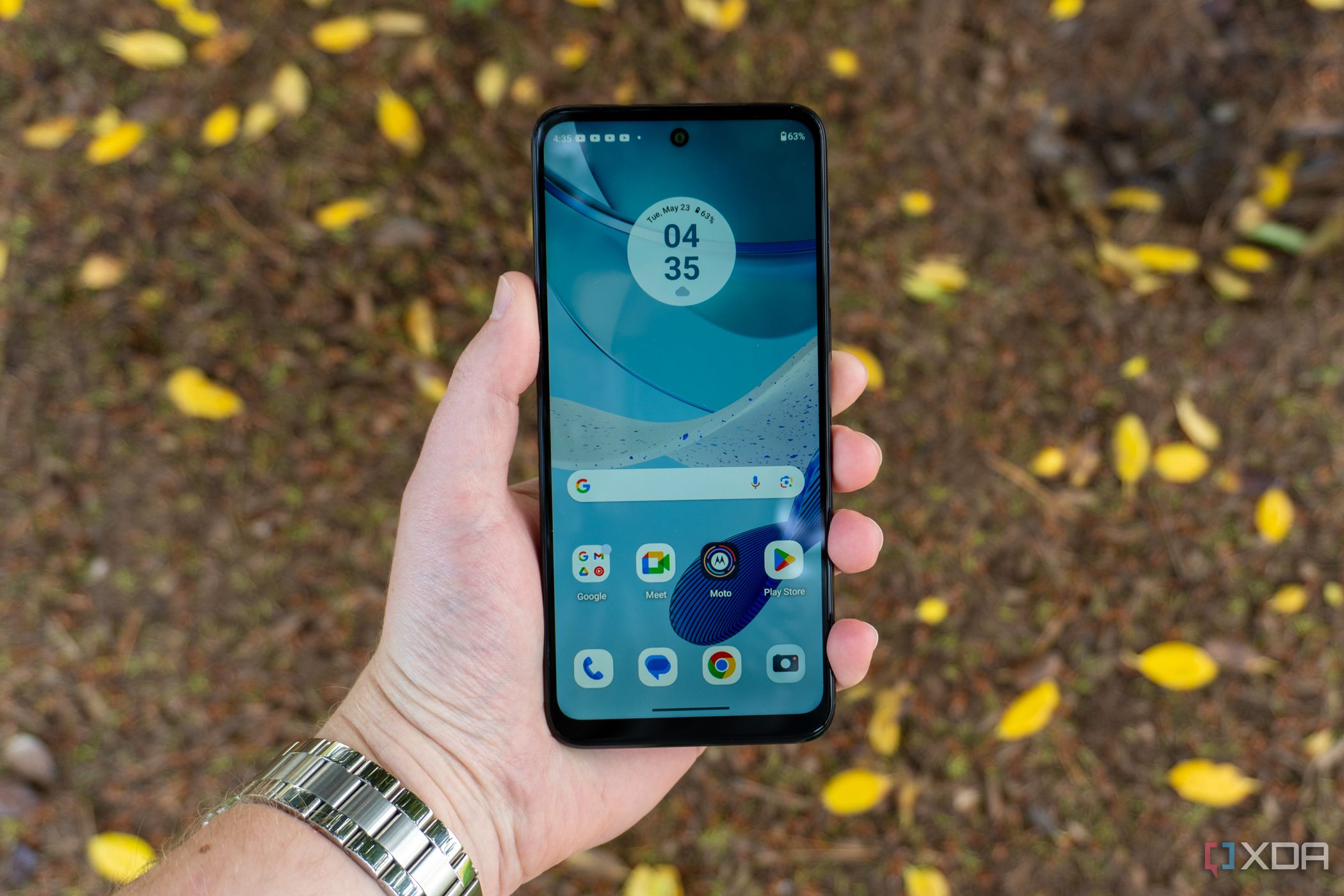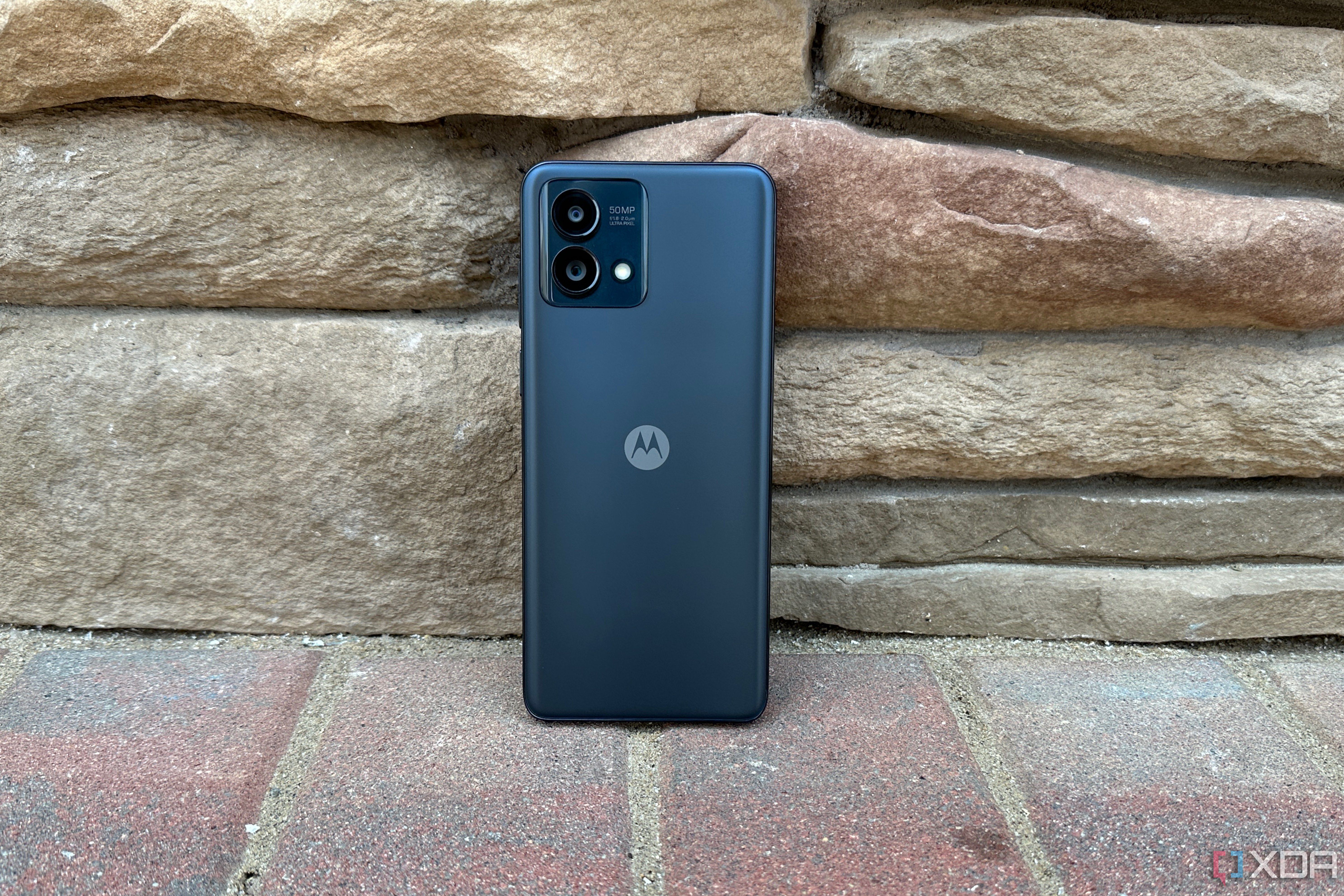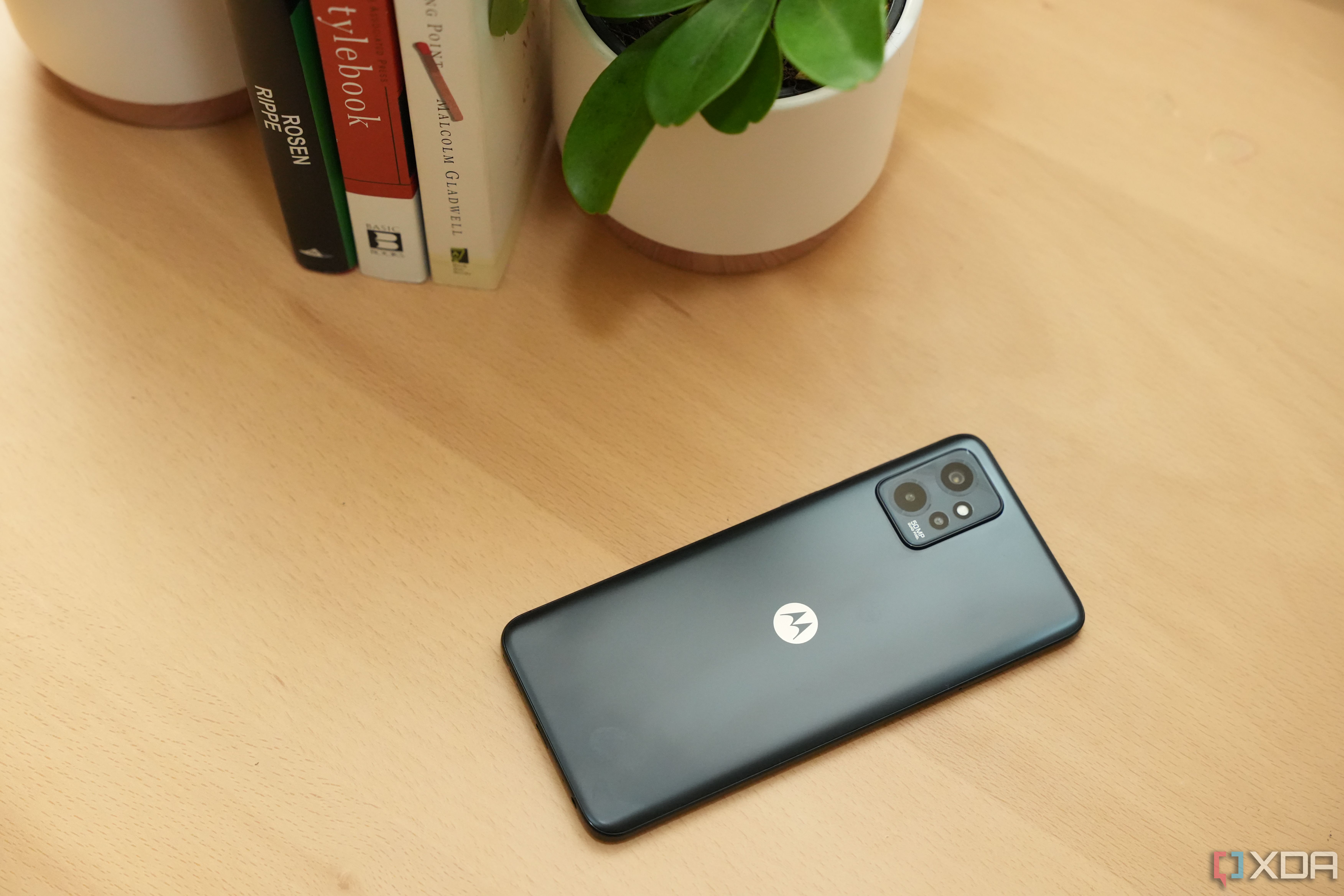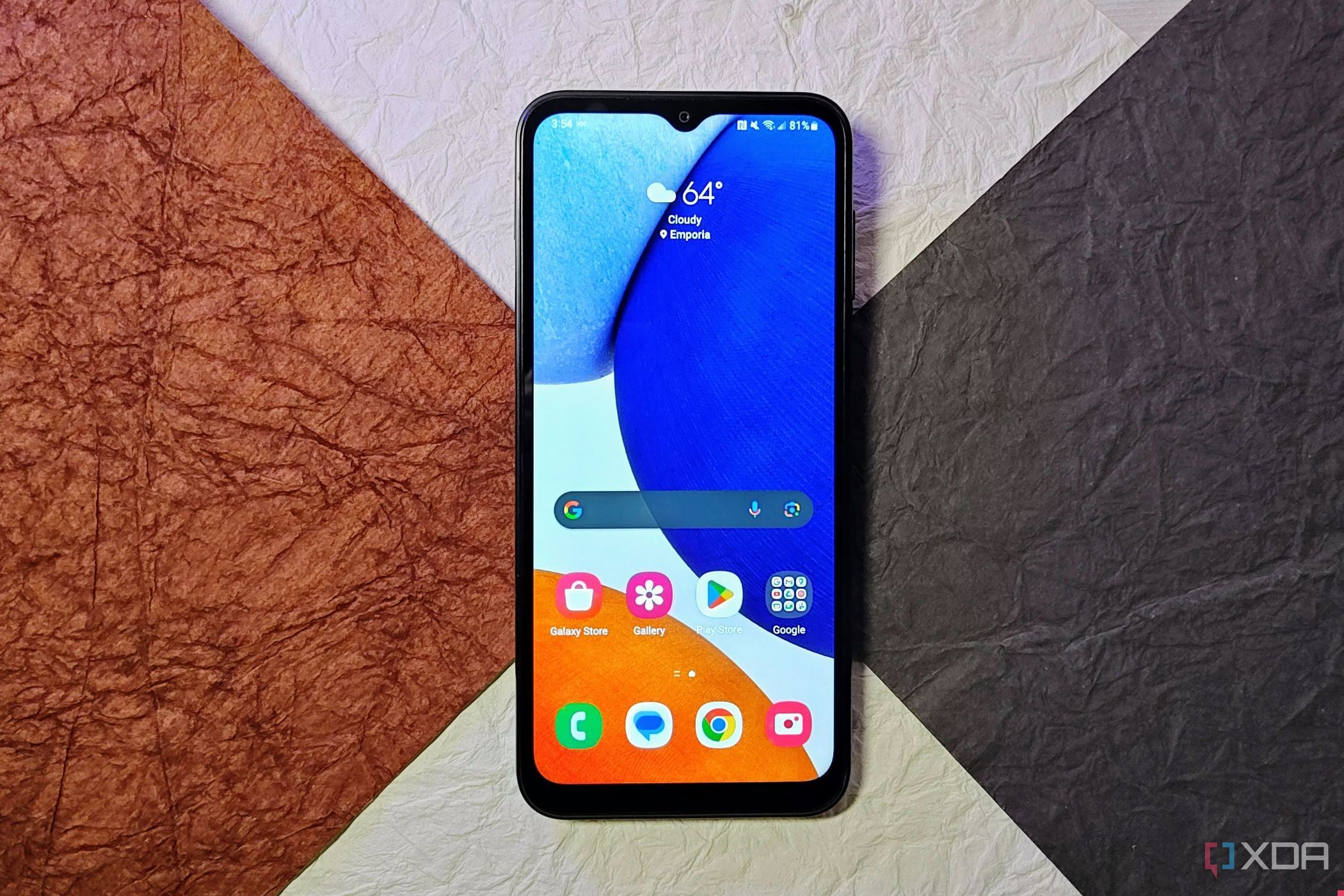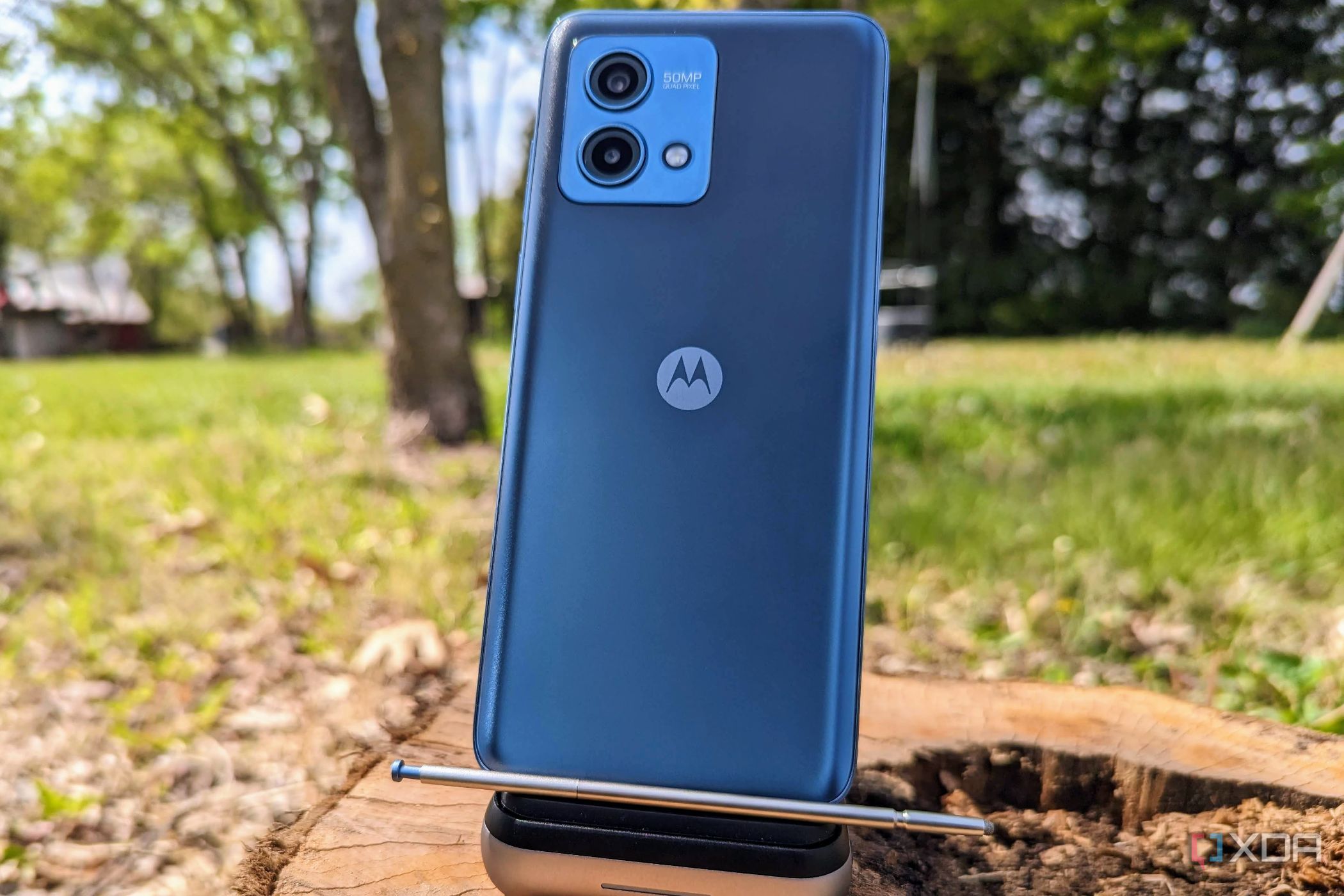Quick Links
Motorola has always held a special place in my heart for delivering must-have phones back in the day. Be it the original Razr or the first set of Moto G phones that take you back to the good old days of Moto Maker, the company has a legacy of delivering some impressive phones.
As a fan of its work, it's great to see it racing back to the top of the smartphone market in the U.S. again. I love how it's concentrating on familiar strengths to directly compete in the premium bracket with its Edge lineup and Razr foldables. However, I can't say the same for its current crop of Moto G series phones.
We live in a world where spending flagship cash is no longer a necessity to buy a great phone, but it feels as though Motorola missed the memo. It's either that or it's too focused on improving its flagship efforts to grow the business that it's leaving behind phones that set it up for success in the first place.
Missing the basics
Modern budget devices from the likes of Samsung and Google have sacked most of the problems that plagued older affordable phones. The Moto G series phones, on the other hand, are still carrying a lot of those issues. Even the current crop of Moto G series devices feels dated, showing almost little to no progress on paper. For instance, you still won't find an NFC chip on any modern Moto G series phone, which is a glaring omission that cripples a phone's ability to support contactless payments, among other things.
I also find it jarring to see these phones topping out with 720p (HD+) panels. That resolution should be limited to relatively small-screen devices since the relatively lower pixels-per-inch (PPI) count quickly becomes an eyesore on bigger screens. Some of 2023's Moto G series phones are rocking 6.5-inch HD+ screens, which are just unappealing to look at. I like that they're all high-refresh-rate panels with support for up to 120Hz, but you can't make up for the lack of crisp and colorful visuals with smooth animations.
Similarly, I can't say I am a fan of how most Moto G series phones in 2023 only support 15W charging speeds, with a couple of them topping out at 10W. This issue isn't exclusive to the Moto G series, but the lack of any meaningful effort from Motorola to improve is disappointing. The company also needs to work on its software update policy because I don't see myself recommending a phone that won't receive a new Android version update after a year. It does promise three years of security patches, but is that really enough?
The Moto G Stylus 5G (2023) is one of the only models that leaves these dated specifications behind, with a 1080p resolution and 20W charging, but it also carries a $400 price tag. That's eerily close to the Galaxy A54 5G and even a discounted Pixel 7a, and they're both significantly better than the Moto G Stylus 5G.
I don't see myself recommending a phone that won't receive a new Android version update after a year.
It's getting increasingly hard to ignore these omissions, which is also why I often struggle to recommend the Moto G series phones over the competition. Many of us at XDA who reviewed the new budget Motorola phones share the same sentiment, and it's quite evident in the scores they've marked for these phones in their respective reviews.
My colleague Max Buondonno, for example, reviewed the Moto G (2023) model, and called it "a $250 mixed bag" with "some serious downsides, like poor camera quality and no NFC for mobile payments." He also highlighted how the Moto G 5G's HD+ panel makes some text and photos seem a bit blurry. Our Moto G Play (2023) review also highlights how this "former budget king struggles to remain relevant" with a lack of NFC, a low-resolution HD+ panel, and 10W wired charging.
Growing competition
Phones like these are a tough sell when you consider the competition, many of which offer way more value for your money. For example, Samsung's Galaxy A-series phones have secured multiple spots in my best budget phones roundup. Both the Galaxy A54 and Galaxy A14 5G are at the top of the list partially because they've both improved a lot over the years to keep up with the current trends. The Galaxy A14 5G, in particular, has been my go-to recommendation for economical shoppers over the Moto G series phones.
It also tops out at 15W charging, but it makes up for it in other areas. It just brings a better package to the table overall with its high-refresh-rate FHD+ panel, support for NFC, a massive 5,000mAh battery, better software support, and more. You also can get it at a relatively cheaper price, making Galaxy A14 5G the best value pick in the budget space. Mobile section editor Chris Wedel called it "an overachieving budget phone" in his review, noting how it's perfect for those "on a tight budget" or for those who "want a phone that will get long-term software support."
Other budget phone makers in this space also improve their offerings year after year in an effort to not only stay relevant but also trounce the competition. Take the midrange Google Pixel 7a, for instance. It's not just another phone that exists in the budget space like its predecessor. It has evolved to become one of the best-value phones of 2023, making me regret buying its flagship sibling instead of waiting a few more months. Not only does it bring significant improvements over the Pixel 6a in terms of the display, camera, and battery, but it goes above and beyond to include things like wireless charging. It's basically a Pixel 7 with a great set of cameras and a cheaper price tag.
The new Moto G series phones aren't even a part of this conversation because all we've seen over the last couple of years are just incremental upgrades. Almost all Moto G series comparisons we've drawn recently highlight their last year's counterpart as an equally good choice due to the lack of major upgrades. I am all for quality-of-life changes, but I hate when those are the only "improvements" you get for upgrading. I'm starting to worry about the lineup considering how the last few Moto G series phones have all remained mostly the same, as opposed to the rivals that continue to bring more value to the budget table.
How many are too many?
Lastly, I'd like to shed some light on how Moto is — for the lack of a better phrase — flooding the market with options. Motorola isn't alone in this practice, but I believe it's currently one of the biggest culprits of having way too many phones. The company has as many as eight Moto G series phones on its website right now. Even if you ignore the Moto G Pure from 2021, you are still looking at a significant number of phones that are very similar to each other. The 5G variant of the new Moto G Stylus does a few things better than its 4G LTE version, but it also brings some flaws of its own, and it costs much more. The fact that all the Moto G series phones look pretty much identical to each doesn't help, either, but I'll save this rant for another day.
Motorola can, and should, do better
It's safe to say that Motorola has been on cruise control due to the real lack of competition in the budget space, at least in the U.S. But it's time to step things up unless it wants to lose its ground. Even if the people shopping for budget phones aren't clamoring for new features and other improvements, I truly believe Motorola should be doing a better job catching up to the competition. You, the buyer, have plenty of options in the meantime, so feel free to explore all the budget phones on the market and make an informed decision.

